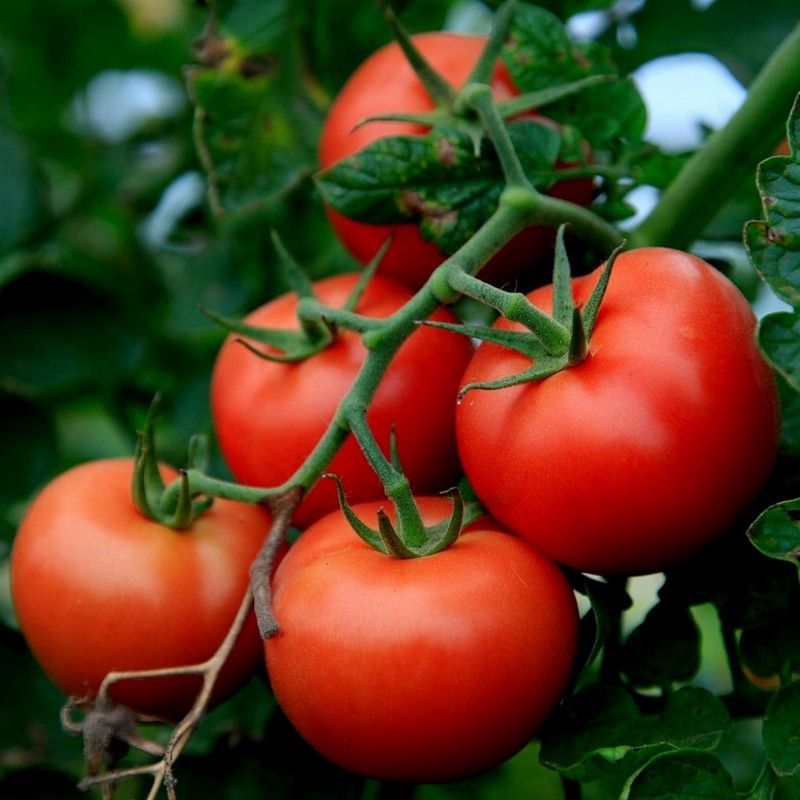
Odmiana z Serbii







70-80 days, Medium early variety, Indeterminate. The fruits are round, smooth, bright red, average weight is 130-150 g. He has a good ratio of total sugar and acid, with a dry matter content of 6 to 6.5% and a very good taste.
Opis

 Reviews (0)
Reviews (0)